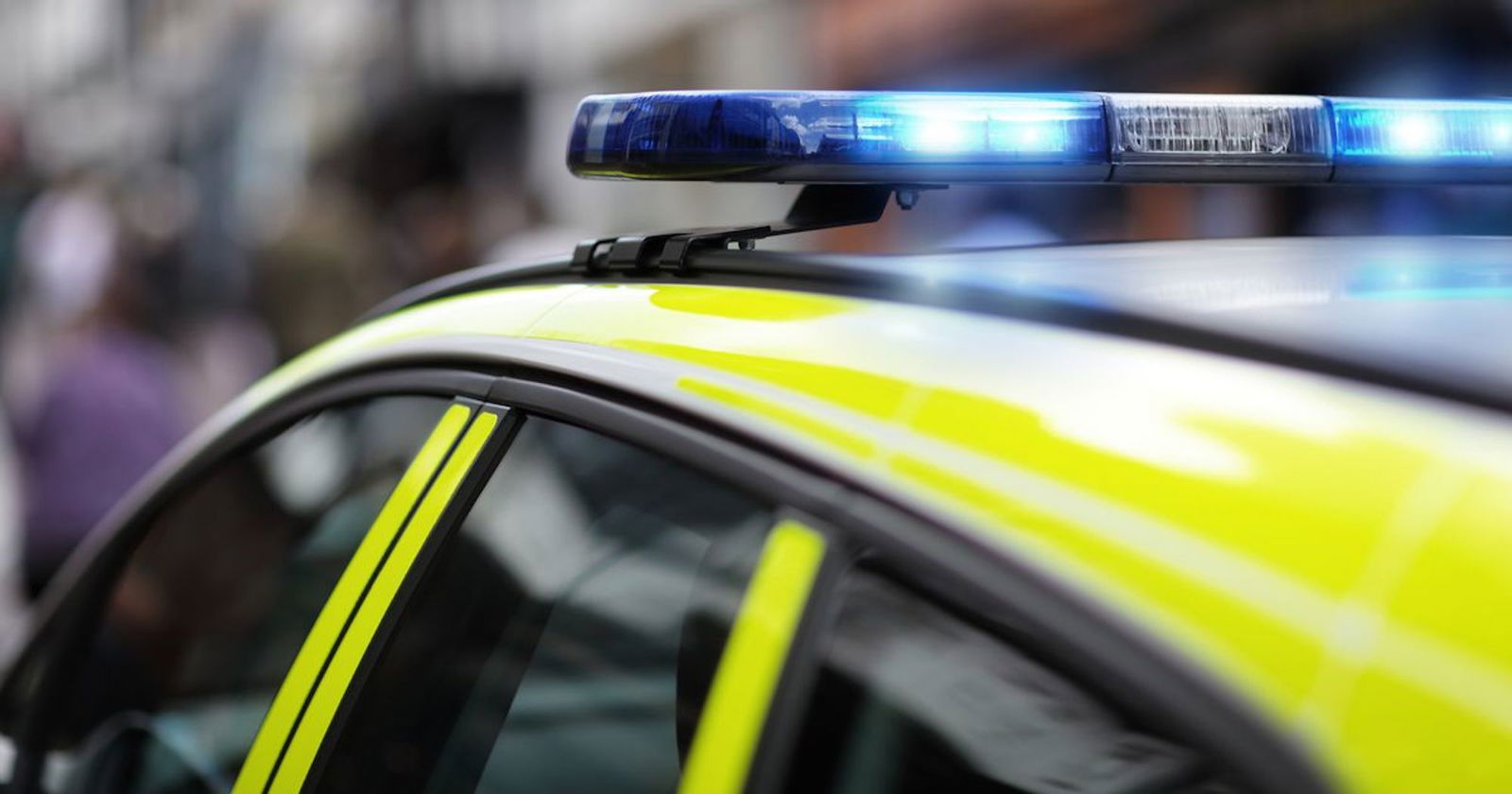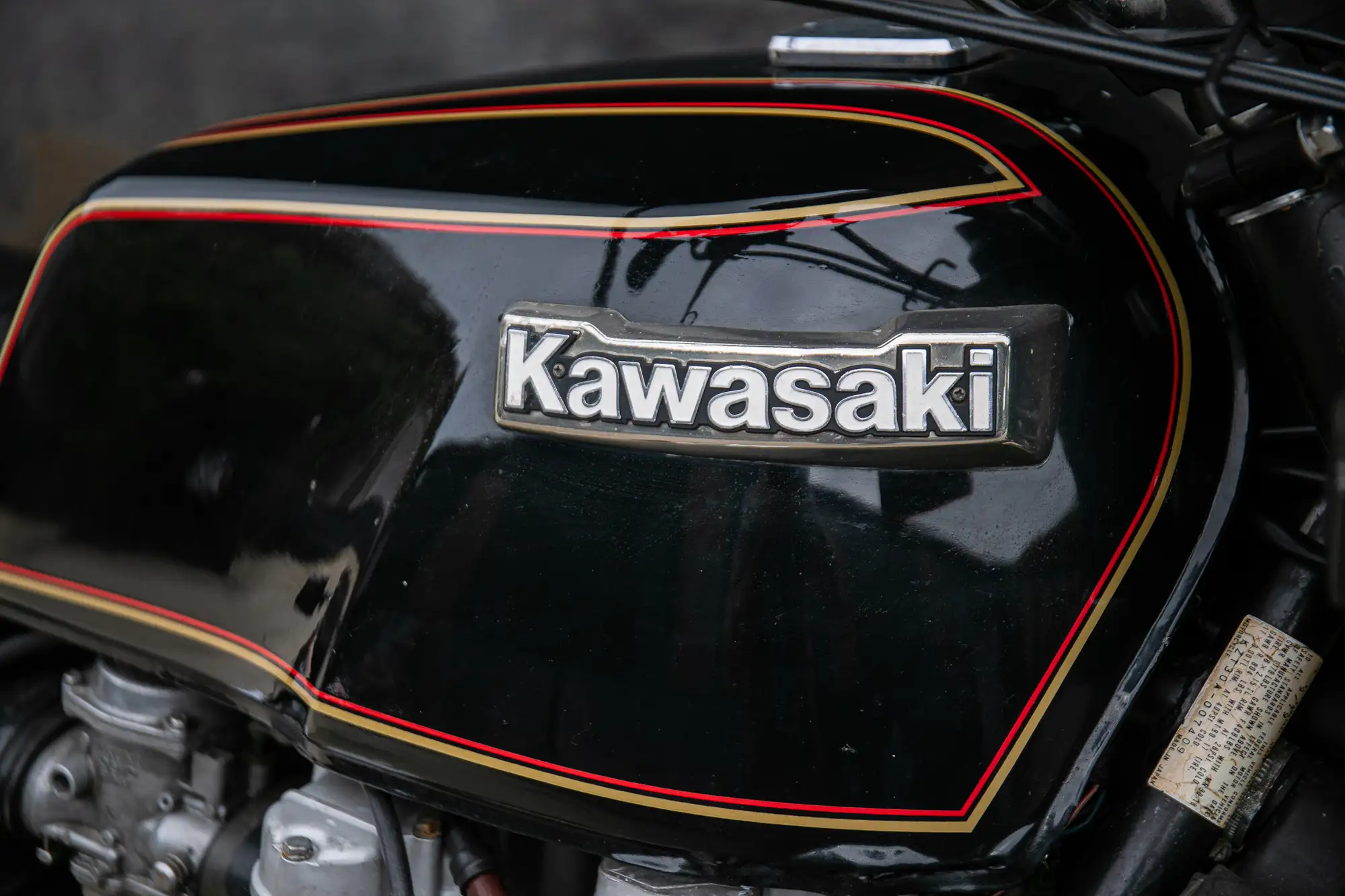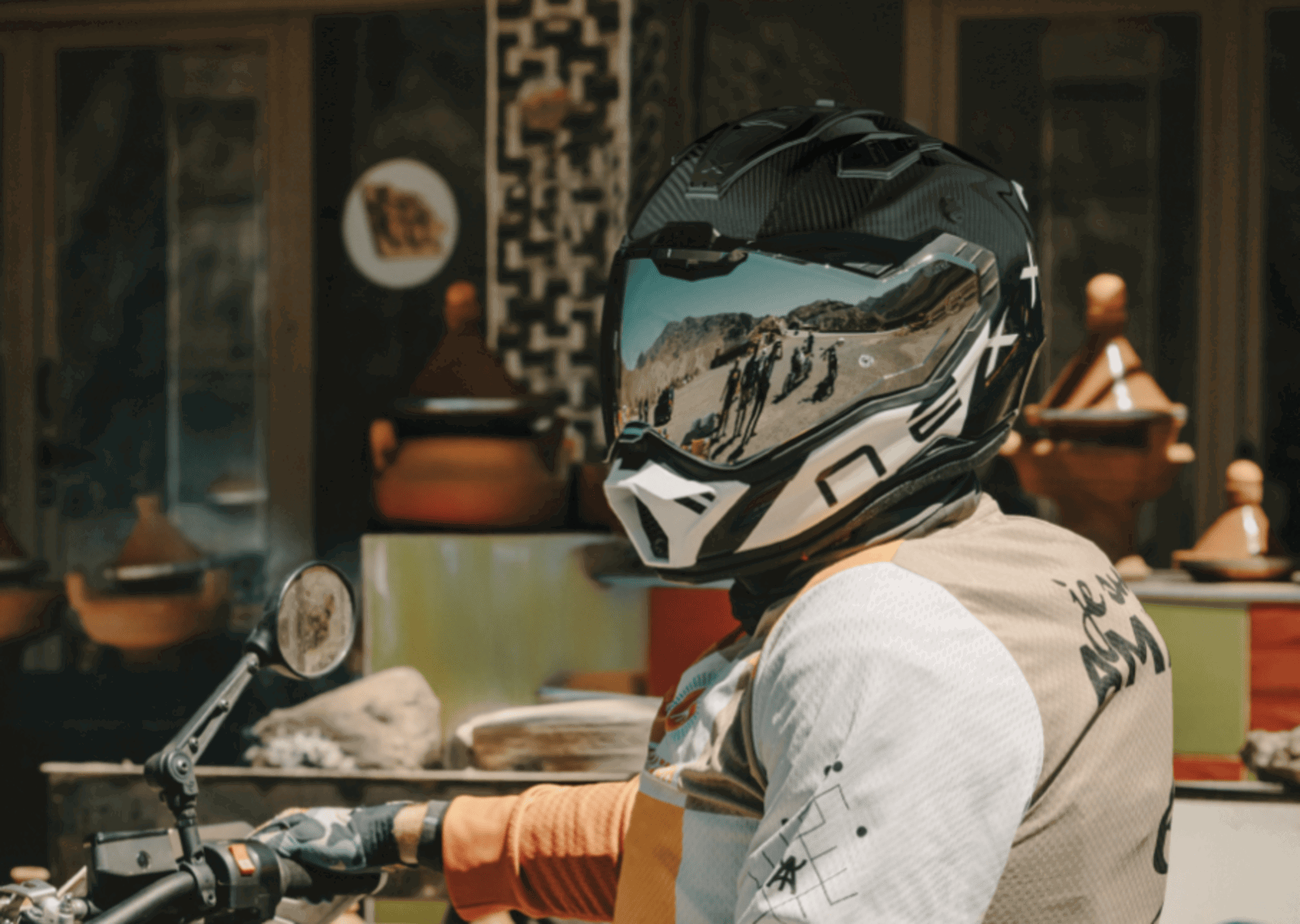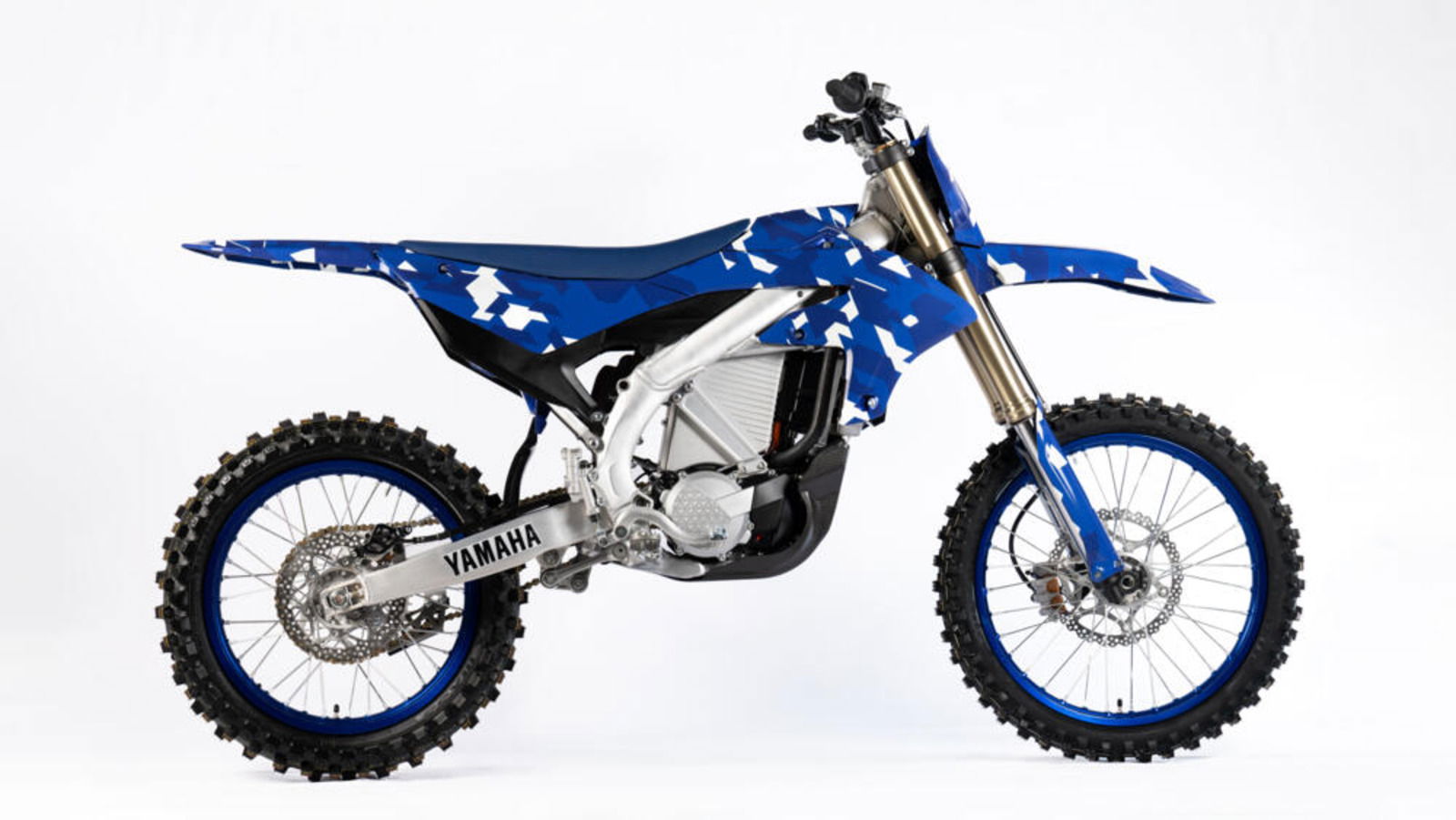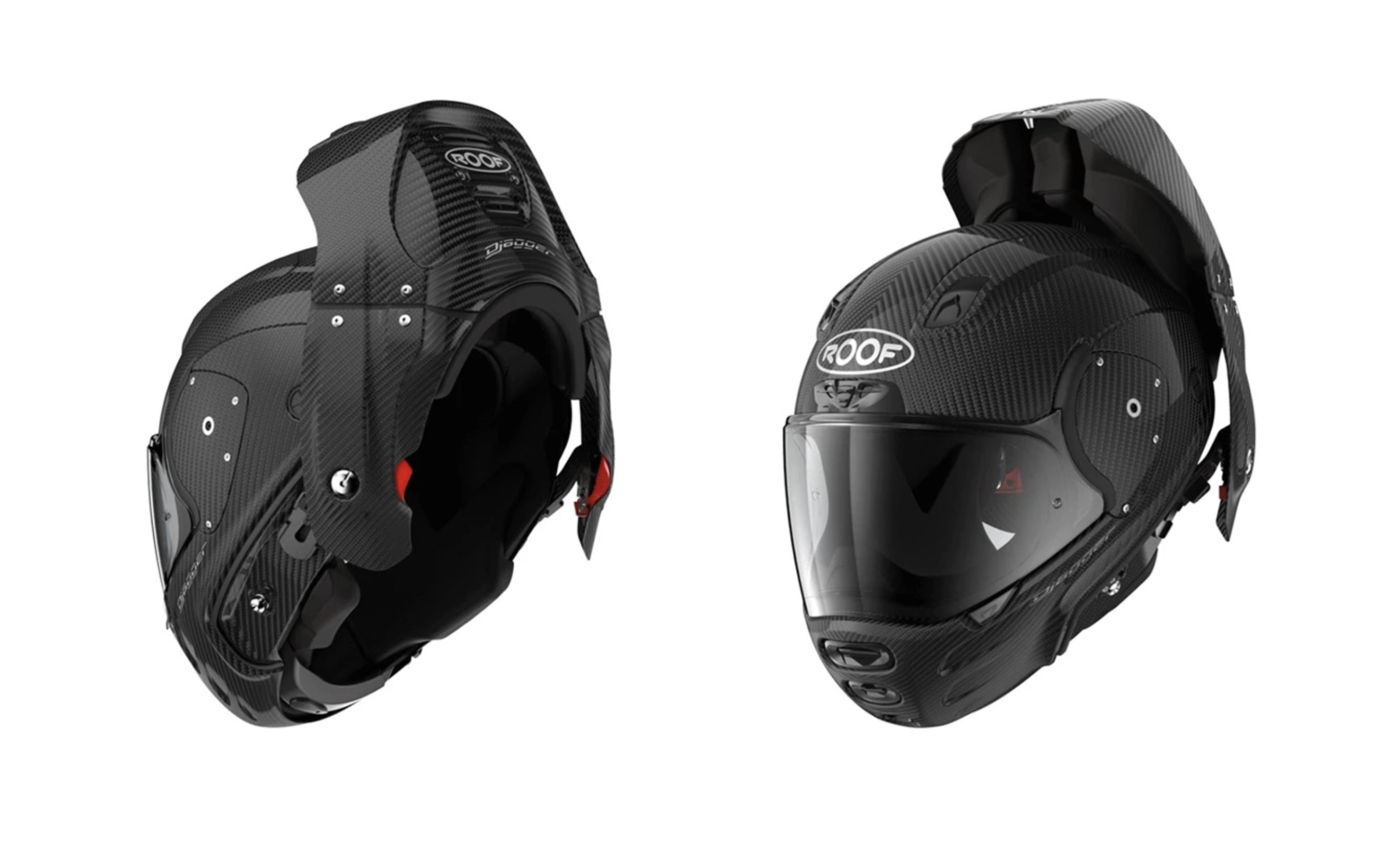Green lane riding options increasingly limited in the UK
As more and more green lanes are cut off from vehicle access, one wonders if adventure riders are doomed to go the way of fax machines and horseshoe salesmen.
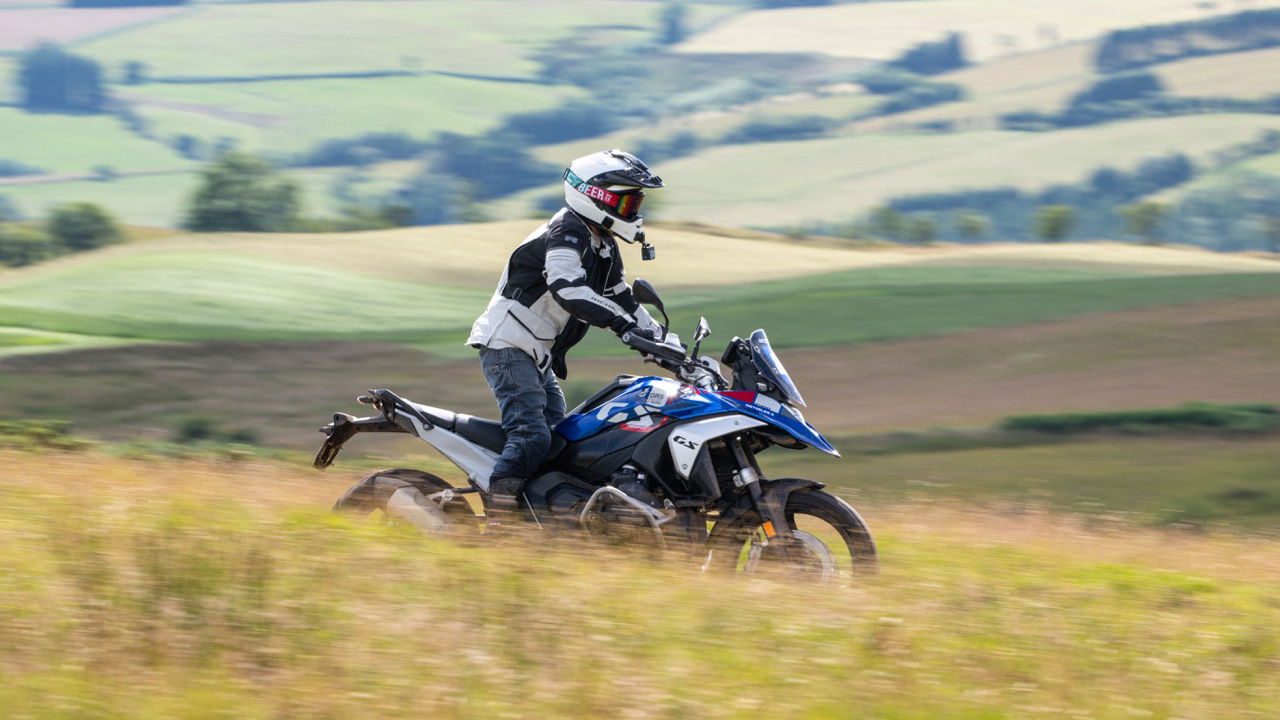
Off-road inspired culture seems to dominate the UK motorcycling scene. Just ask Alun Davies, founder of the Adventure Bike Rider Festival. Some 15,000 people are expected to attend the festival over the next few days. Yet, with access to green lane routes decreasing at a rapid pace, one has to wonder: is this type of riding ultimately doomed in the UK?
Over the last week or so, we’ve spotted a handful of stories speaking of the challenges that enthusiasts face in this country.
In Hertfordshire, for example, teams from Wye Valley and Malvern Hills National Landscape, have expressed concern that the upcoming Hills Ford Stages motor rally could cause serious damage to the “special qualities” of the landscape.
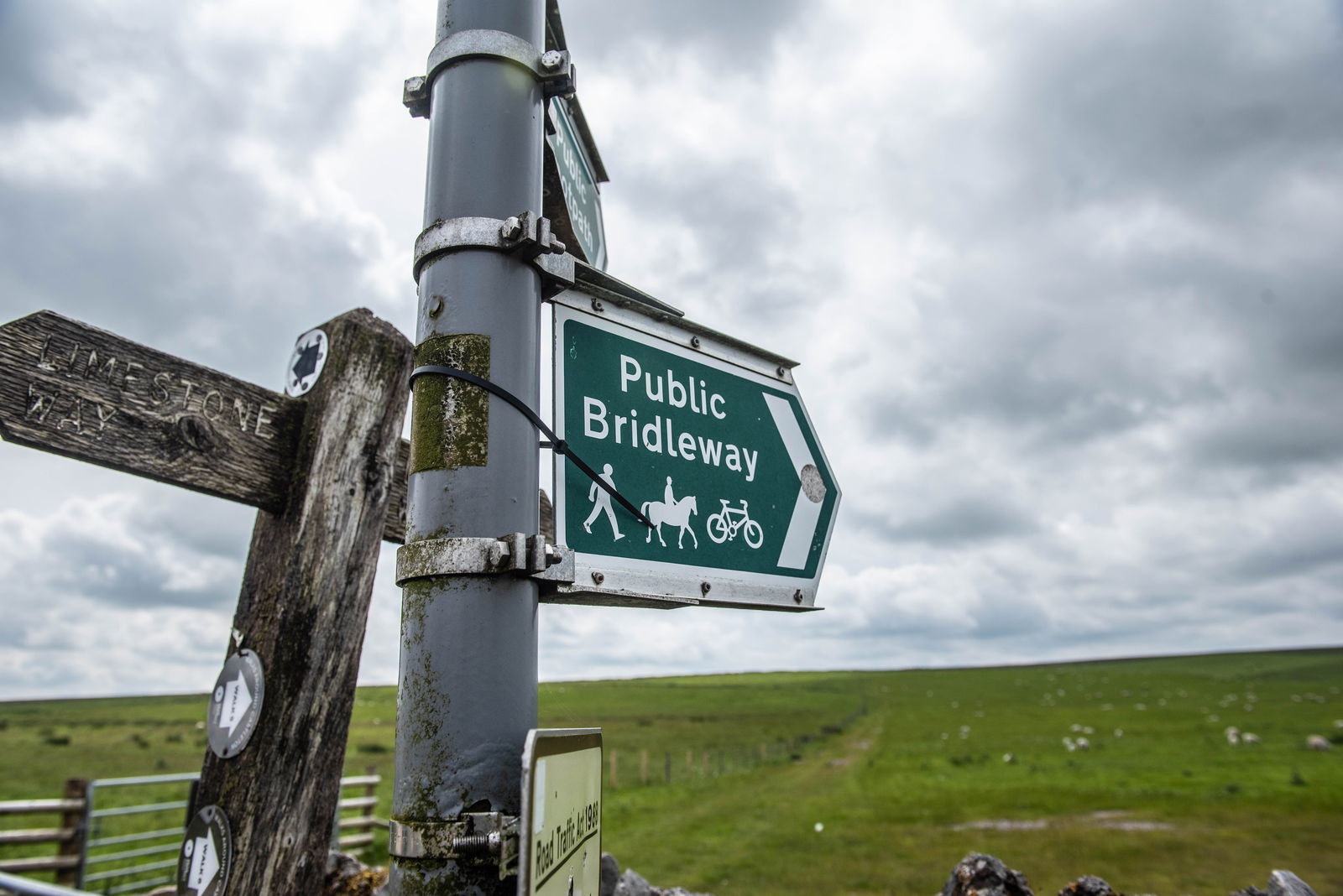
The BBC reports that planning officers have raised concerns about impacts on the "tranquillity and rural character of the landscapes" and "potential damage to sensitive ecological sites" as a result of the event.
That particular event is centred around four-wheeled vehicles, but it’s not hard to imagine similar challenges and concerns being raised about two-wheeled events - trials or enduro, for example.
Across the border in Wales, a number of conservationists are hoping to make permanent a temporary motorbike ban on the Monks Trod byway, which links 12th Century abbeys at Abbeycwmhir near Llandrindod and Strata Florida near Pontrhydfendigaid.
The 6-mile byway should technically be open to motorbikes but two-wheelers have been subject to a series of temporary restrictions.
“It lasts for six months, then it comes off, and then they put it on again,” Alun Davies - a member of the Cambrian Mountain Society, and not to be confused with the founder of ABR - told BBC Wales. “What we want is a permanent ban, by turning this into a track that's only suitable for pedestrians and horses.”
The Cambrian Mountain Society’s criticisms of motorcycles are what you would expect: that they’re loud and tear up the landscape. To address that latter issue the council is proposing to establish a dry-stone causeway that would make the route somewhat more durable against feet, hooves, and wheels.
“The restriction that we have at the moment has been there for some time. But the law says that we can't keep that restriction there forever,” Powys Councillor Jackie Carlton told the BBC Wales. “So, our aim is actually to improve (it) for everyone to go along.”
It’s nice to see the council (somewhat) defending the rights of motorcyclists here, but such a stance is uncommon.
What, exactly, is green laning?
The United Kingdom has a long, proud tradition of off-road adventuring. This is the home of trials riding, after all. Even before Cannon Ball Baker rode across an American continent that had no cross-country roads, people in Britain were looking at whopping great boulders and thinking: “I’ll bet I could ride my bike up that.”
But these days, from a legal standpoint, there is not anywhere in the UK that a person can ride truly “off road” trails and routes in a public space, as they might in, say, the United States - where I’m originally from.
In the US, there are huge areas of public land that are open to off-road vehicle use. Those vehicles don’t have to be roadworthy or MOT’d, and you don’t need a license to ride them. You don’t even have to wear a helmet (although every off-roader I’ve ever met does). Many of the areas are managed by the Bureau of Land Management (BLM) or Forest Service.
To give you a sense of the scale of open land available, in the state of Nevada alone, the BLM manages 48 million acres of land. That’s an area larger than England and Wales combined. And most of it (apart from the bits where the government used to test nuclear bombs) is open to public use.
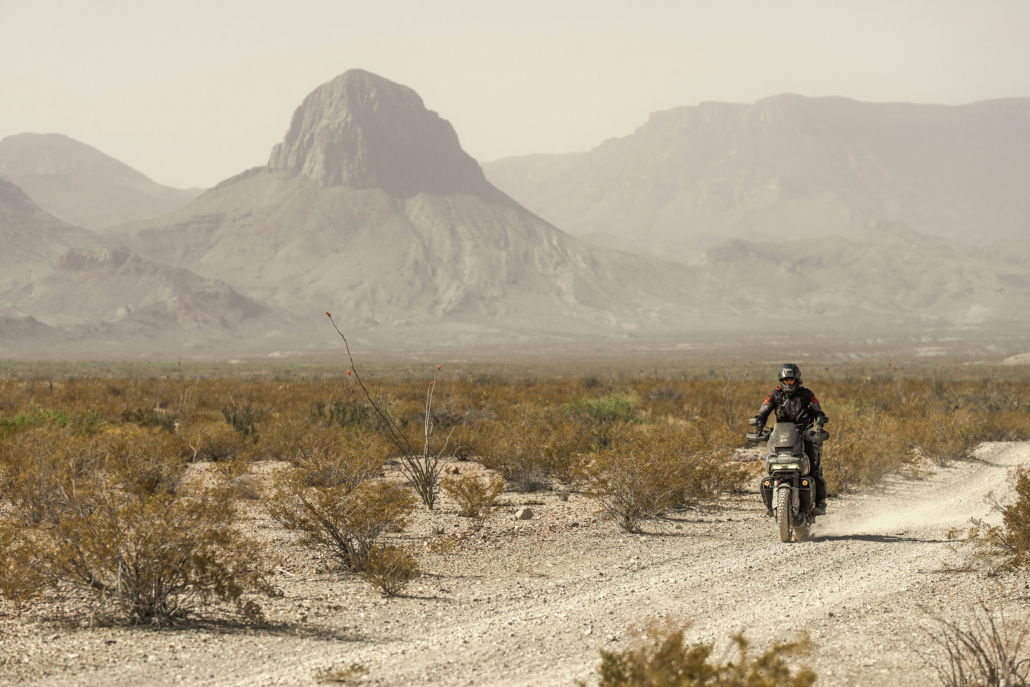
The marketing for adventure and dual-sport bikes plays to this kind of Wide Open Spaces mythos. But it’s as unlikely in Britain as skiing. This country is simply too small and too heavily populated to genuinely offer that kind of riding. There are some places where you can off-road in enduro style, but they are comparatively small - only a few acres - and, unless you’ve got a mate who’s a Lord, you’ll almost always have to pay for access.
What we DO have here is green-laning. Green lanes or green roads are technically part of the broader road network, but are generally unpaved and not intended for regular traffic. They’re ancient roads like Monks Trod, abandoned roads, dirt farm roads, and so on.
According to the Trail Riders Foundation (TRF), there are some 6,000 miles of green lanes in His Majesty’s United Kingdom of Great Britain and Northern Ireland. To ride these routes legally, you need to have a roadworthy motorcycle that’s been MOT’d and taxed, you need to be licensed to ride it, and you need to be wearing a helmet - just as you would on any other public road.
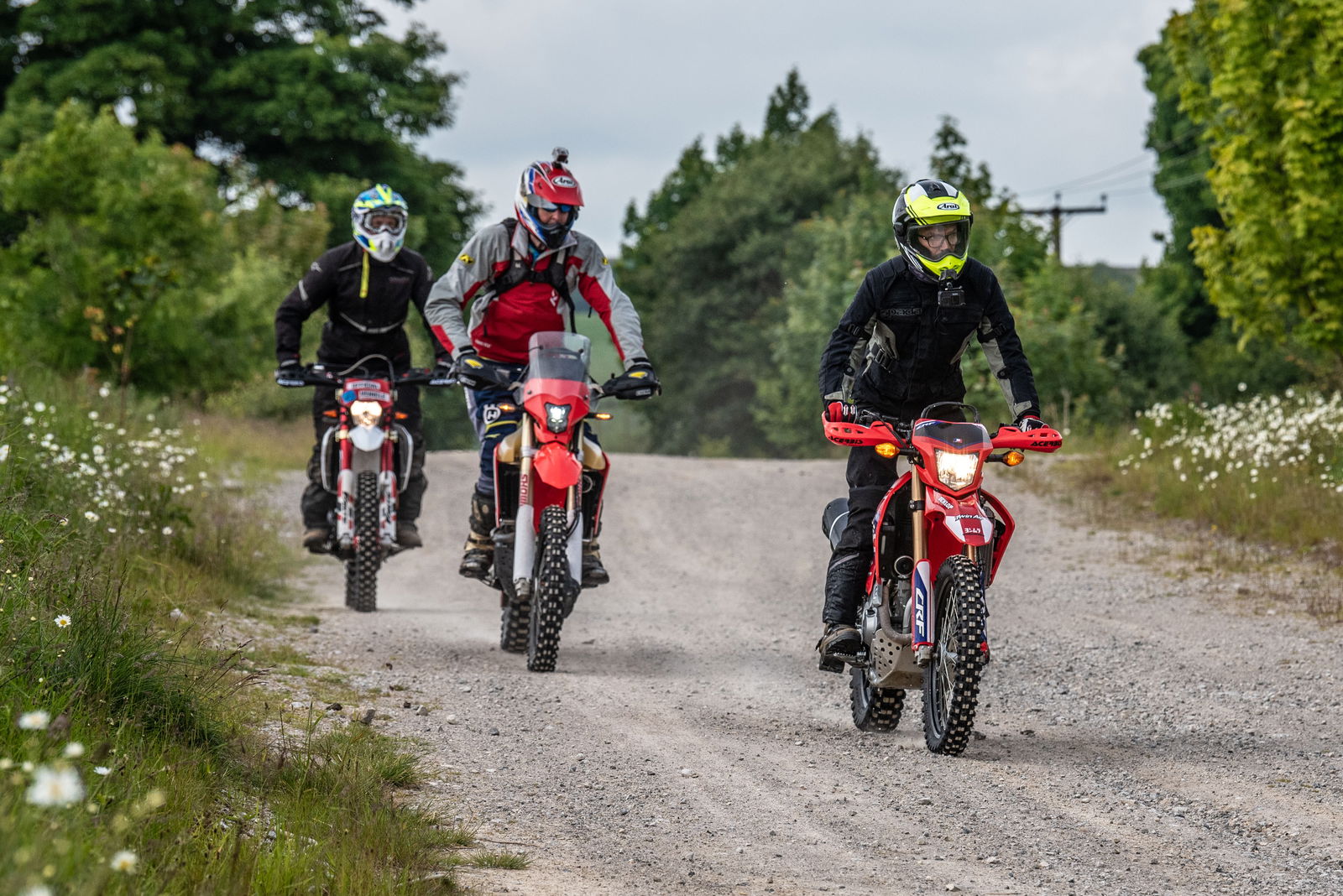
One of the challenges of green-laning is actually finding the roads. Green-lane routes can often be disappointingly short, just a few hundred metres in some cases. In West Sussex, where I live, the longest stretch of green lane that I can find is just 1.3 miles long. That doesn’t exactly speak to the Spirit of Exploration being promulgated by motorcycle brands.
I’ll admit that this is one of the main reasons I have never actively sought to do any green-laning. As someone who grew up in those American wide open spaces (I was born in Texas and lived in Nevada for a number of years), the British take on two-wheeled freedom feels overly restricted and full of faff.
That becomes even more true as routes that were once public roads conveniently get turned into walker-only paths. Temporary bans become permanent. And bit by bit, the places in which to enjoy the freedom of off-road-style riding disappear.
It’s not hard to imagine that at some point - despite the valiant efforts of the TRF - green-laning and off-roading will effectively die out in the UK, becoming prohibitively procedural or financially elitist.
Sure, there may be off-road centres, and people will still attend the ABR Festival (tickets for the festival ranged from £27 to £179 this year, and a key selling point was access to “50 km of uninterrupted trails”), but green-laning will cease to be a “just get on a bike and go” everyman activity.
Is there any hope?
Adventure bikes are big business. That’s well-known. In the UK and Europe, for example, BMW’s GS models have dominated sales charts since Ed Sheeran was considered a new artist. And outside of Indian Motorcycle and BSA, pretty much every brand in the market right now offers a variation on the adventure bike theme.
Yes, the majority of adventure bikes really should never be exposed to anything more challenging than a National Trust car park. Especially if, like me, you’ve got a big, stupid, heavy adventure bike that’s actually just a touring motorcycle (you’re looking at the owner of a Kawasaki Versys 1000 here). But it’s evidence that the off-road spirit lives on in the lizard brains of British riders.
.jpg?width=1600)
Further proof of that comes in the fact that sales of truly off-road motorcycles (eg, motocross or enduro bikes) are expected to rise slightly over the next few years - an increase of 1.34 per cent by 2030, according to Statista.
Meanwhile, in recent years, manufacturers have been offering more adventure machines that speak to the category’s dual-sport routes. Bikes like the Yamaha Tenere 700 and Honda Transalp 750 can actually handle a bit of (light) unpaved work. Not to mention more focused bikes, like the CFMoto 450MT. According to dealers I’ve spoken to, they struggle to keep up with demand on that last one.
You may also be aware that later this summer, Suzuki will be bringing its iconic DR-Z platform back to Europe after many sad years in environmental regulation jail.
All this points to rider interest, but it’s probably the case that none of it is the solution to dwindling access to green lanes. Some 115+ years after the first trials competition took place, there are considerably more people living in the UK now. Which means considerably less open space, and considerably more competition among those using the open space that’s left. Up on Monks Trod, for example, you have people wanting to ride motorbikes, people wanting to ride horses, and people wanting to count water voles.
None of those hobbies gel particularly well with the others. But since motorcycles are louder and (perhaps unfairly) perceived to have greater physical impact on the environment than horses and water vole twitchers, their riders are more often than not at odds with the broader public. So, they get banned.
What if you removed other lane users’ biggest complaint about motorbikes, however? Namely, the noise.
“One of the notable trends in the off-road motorcycles market in the United Kingdom is the growing demand for electric off-road motorcycles,” notes Statista.
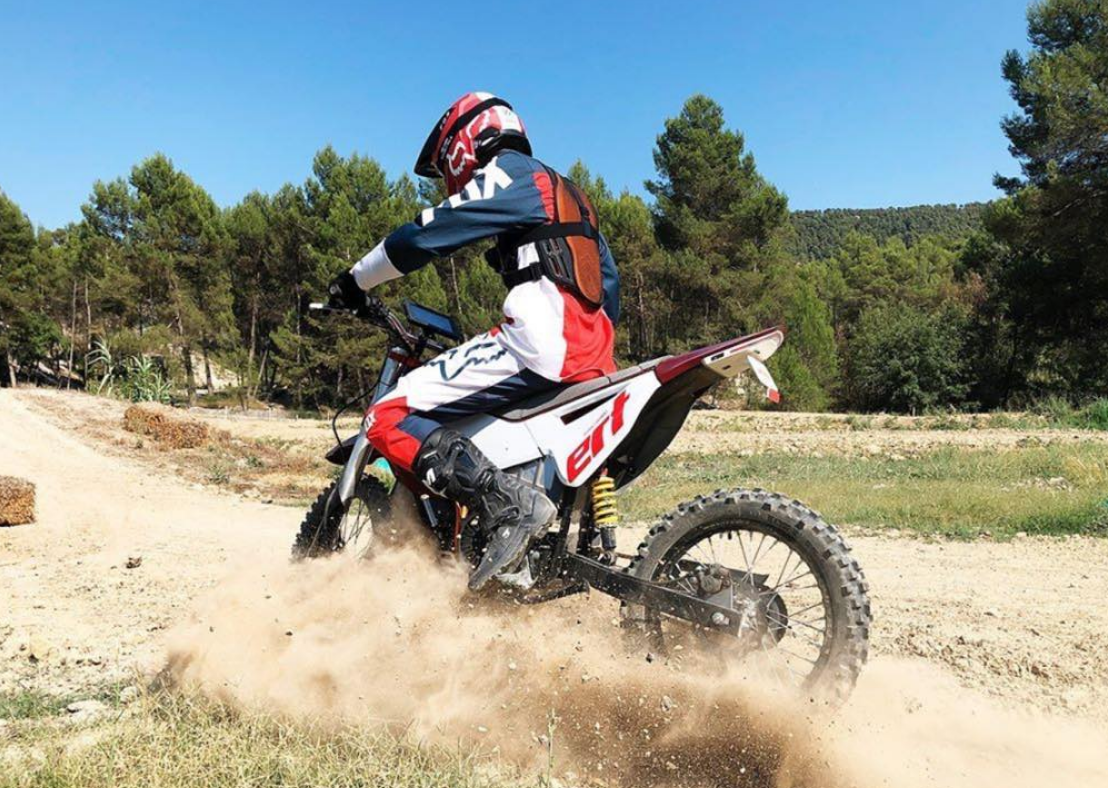
The site’s analysis suggests this is because customers are concerned about the environment and seeking “eco-friendly alternatives.” Maybe. But it’s also the case that electric motorcycles don’t really make any noise. Meaning they eliminate the aspect of green-laning that the general public seems to hate most.
And it’s here where green-laners could help themselves by employing the kind of thinking used by those of us who enjoy wild camping. Technically, wild camping is not allowed anywhere near where I live. But if I pitch a tent on the edge of a farmer’s field at sunset, get up and strike it at sunrise, and leave no evidence of having been there, was I ever REALLY there?
Similarly, if you are tearing up a lane on an electric motorbike, but no one can hear you riding up that lane, it means that no one else knows that you are riding up that lane. So, they’re less likely to complain about your doing so. It’s basically the old “if a tree falls in the forest and no one’s around to hear it” philosophy.
Possibly that’s not a solution that will appeal to the kind of green-laners who love the smell of a two-stroke, but it may be the best - or even only - option.
Certainly it’s better than seeing access to yet another route being cut off.

